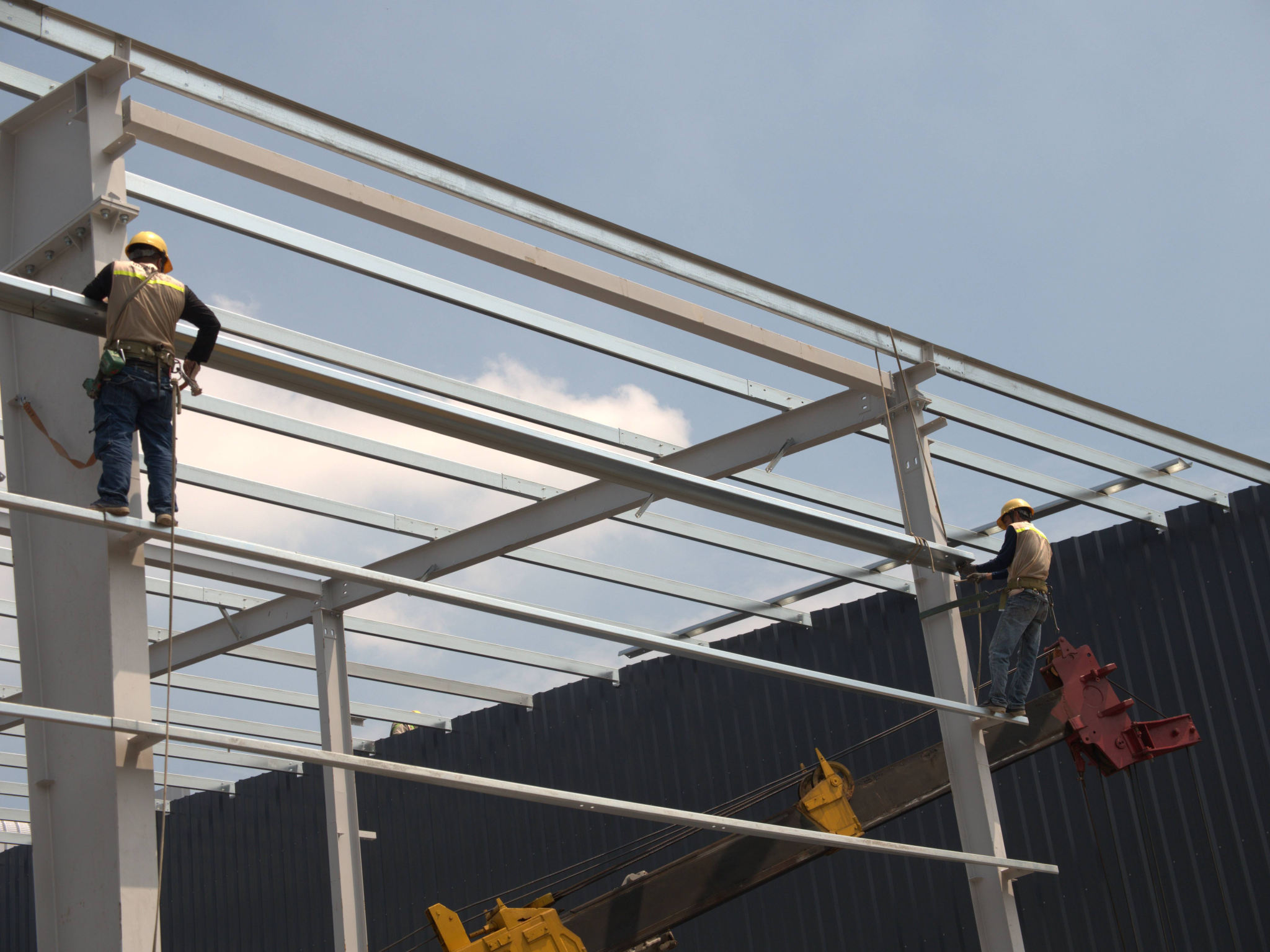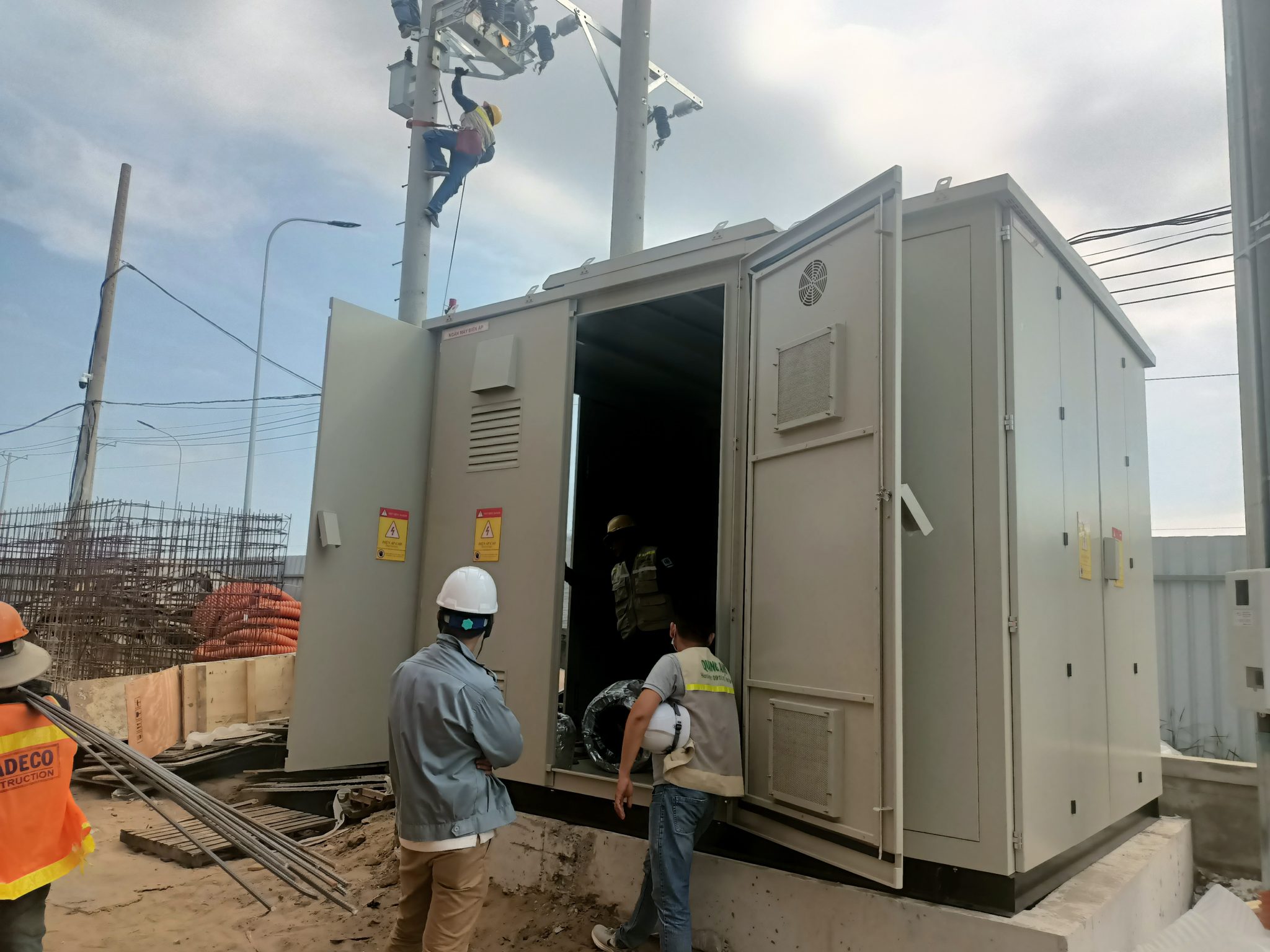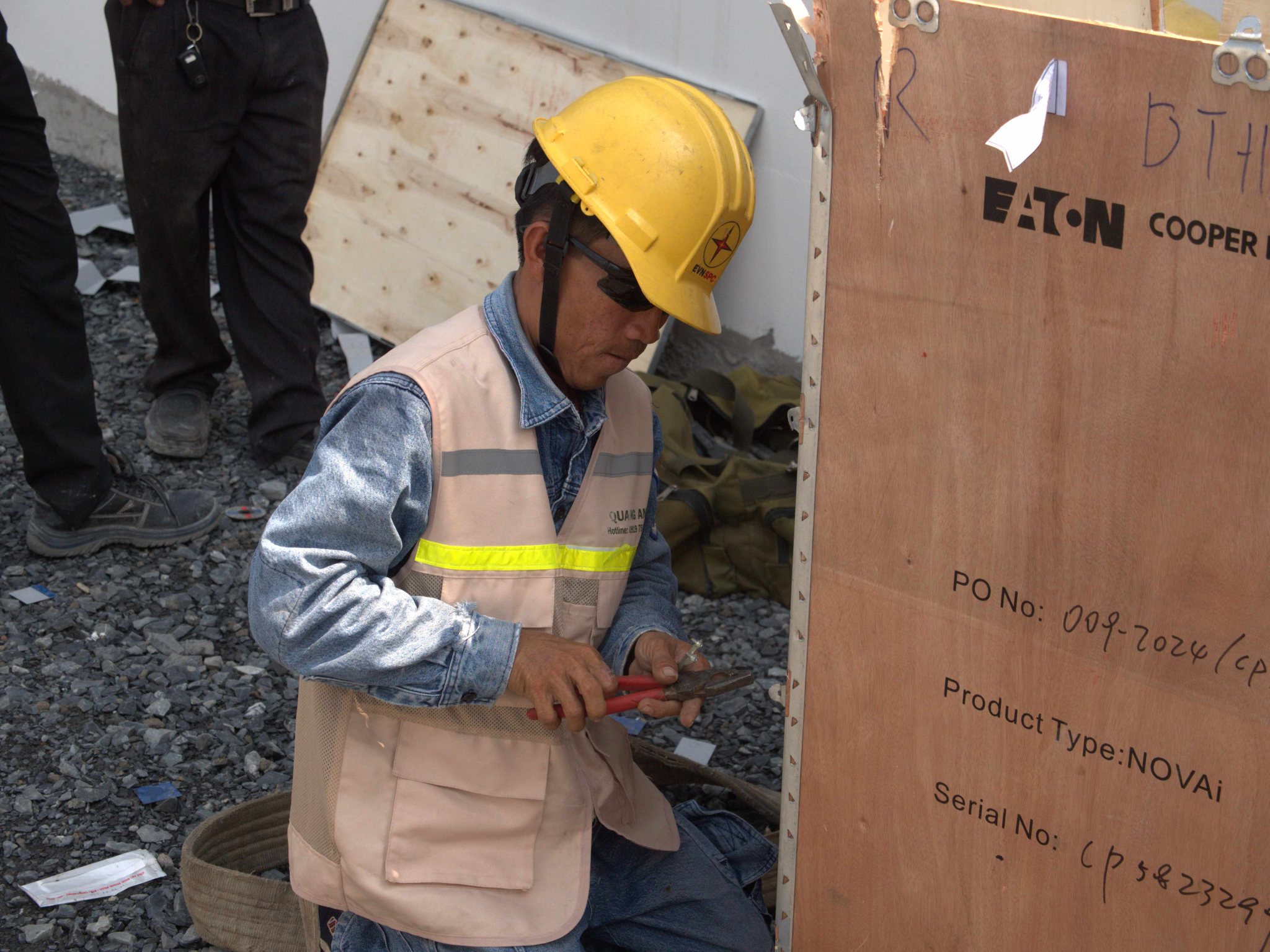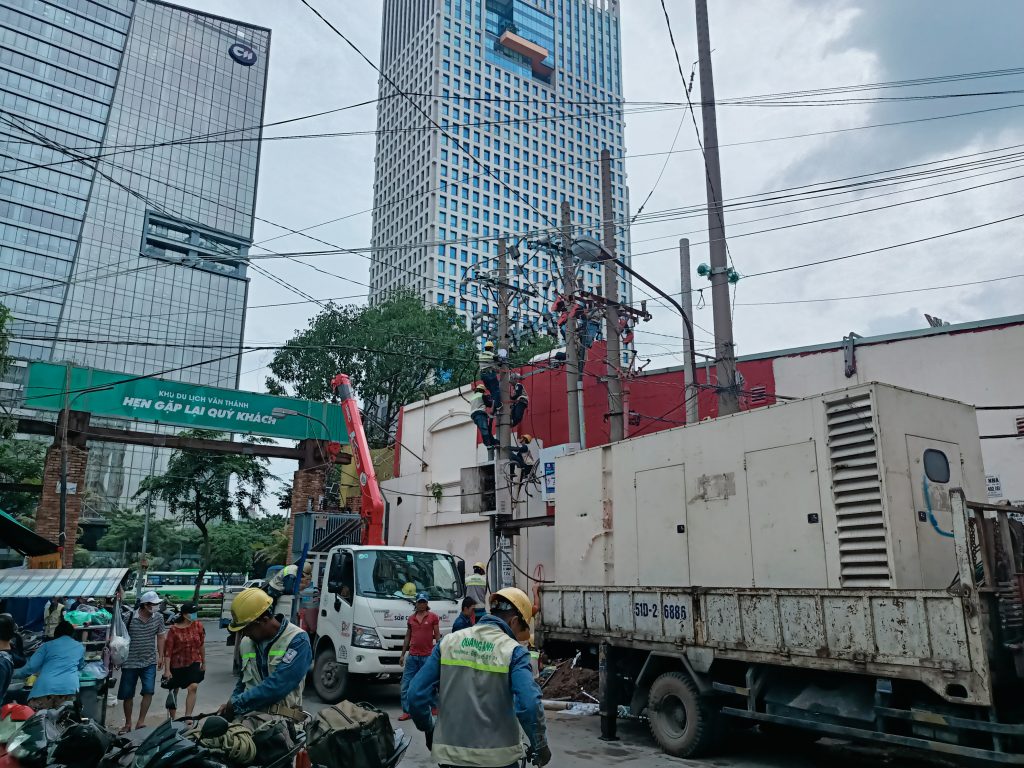News
Mechanical and Electrical General Contractor Costs: Factors and Methods of Determination
M&E general contractor costs include expenses related to the design, construction, and maintenance of mechanical and electrical systems in building projects such as electrical, air conditioning, water supply and drainage to ensure safety and efficiency.
Factors affecting M&E general contractor costs
M&E general contractor costs include expenses for material equipment, labor costs, technical design and implementation plans, project management and supervision costs, along with transport, storage, and other unforeseen expenses. Each of these elements plays a vital role in shaping the total project cost. Material and equipment selection depends on quality and origin, greatly impacting the budget. Skilled labor, including engineers and technical workers, is required to ensure air conditioning systems, fire protection systems meet standards.
Energy Costs
Energy costs account for a significant portion of M&E system operation costs. Systems like air conditioning, lighting, water pumps, and elevators play a crucial role in this. To optimize, improving equipment efficiency and applying energy-saving technology is necessary.
Maintenance and Repair Costs
Regular maintenance and repair ensure uninterrupted operation of M&E systems, preventing serious incidents. Poor management can lead to high costs. Therefore, adopting preventive maintenance strategies and enhancing maintenance staff skills is essential.
Labor Costs
Labor is an indispensable factor in M&E construction, including salaries and benefits for employees. Training and skill development help employees be more efficient and reduce total costs.
Equipment Costs
Initial investment in equipment is necessary. Choosing high-efficiency equipment from brands like ABB, Mitsubishi, and Schneider will help reduce operation and maintenance costs.
Other Influencing Factors
Some other factors that can affect M&E general contractor costs include:
- Design and technical survey: Mistakes in this stage may increase costs due to needed modifications or compensation.
- Market prices: Fluctuations in material, machinery, and labor prices can drive costs higher.
- Financial capability and project management: Poor progress management and late payments from investors can affect total costs.
- Specific technical requirements: Complex technical requirements or special materials are also influencing factors.

Methods of determining M&E general contractor costs
The method of determining M&E general contractor costs includes detailed construction planning and accurate technical drawings. A crucial factor is the pricing of materials, equipment, and forecasting of labor costs. Implementation schedule and contract terms are also main bases for calculation. To ensure optimization, potential risks arising during construction must be calculated in reserve. This aids in managing the project according to schedule and budget.
In the construction process, determining M&E general contractor costs is an important and complex step, requiring a scientific and proper approach.
- Determine work volume: Initially, work volume needs to be identified from technical design drawings or accompanied construction drawings with specific technical guidelines. This ensures items like electrical cable installation, lighting system, HVAC, and control equipment are accurately and comprehensively calculated.
- Apply construction price benchmarks: The M&E general contractor costs are calculated based on current construction price benchmarks, usually including both general costs and project management costs. This not only helps determine costs accurately but also ensures strict adherence to legal regulations.
- General and management costs: Management cost components play a crucial role in determining total costs. The percentage of these costs can vary based on the nature of the work and the complexity of voltage devices.
- Composite calculation methods: The composite calculation of costs is typically done by summing smaller cost components or by step-by-step aggregation. This ensures comprehensive recording of material, labor, machinery costs, and reasonable reserve costs.
- Legal regulations and reference cost levels: Legal documents such as Circular 06/2016/TT-BXD and 12/2021/TT-BXD provide detailed guidance on determining and managing construction investment costs. Adherence to these regulations is necessary to ensure transparency and legality in contractor selection.
- Example of percentage rate benchmarks: In underground cable system design, design cost rates can range from 0.85% to 1.9% depending on the project’s scale and voltage.
The process of determining M&E general contractor costs not only requires accuracy in calculations but also demands decisions be based on clear legal and transparent foundations.

M&E System Construction Standards
Ensuring M&E system construction standards is an essential step in minimizing costs. Standards such as TCXD 4756:1989 on earthing and TCVN 11:2006 on electrical equipment installation are applied to ensure safety and efficiency. Strict adherence to these standards helps project management be more effective, ensuring stability and safety for the entire project after completion.
The application of M&E system construction standards is crucial to ensure safety and performance for projects. The standard construction procedure involves basic steps from requirement reception to system handover. Here is a detailed construction process:
- Receive requirements, survey, and consult: This phase determines the appropriate technical plan for the project and the investor’s needs.
- Draft design plan: Outline and prepare the M&E system design drawing based on the actual survey.
- Construction preparation: Select and inspect materials, equipment to ensure standards are met before installation.
- Installation construction: Implement construction according to the design drawings, ensuring safety and compliance with technical norms like TCVN 5308.
- Testing and handover: Inspect, test run, and hand over the system after construction completion.
Technical and code standards play an important role in M&E construction. Main standards include TCVN 5308, 4086, 3146, 4516, and 5639, along with international standards such as ASHRAE, CIBSE, and SMACNA. These regulations guide safe electrical implementation and proper construction to avoid potential risks.
Equipment testing is the final step before the system goes into operation. The stages in testing include:
- Static inspection: Evaluate the physical, structural, and connection of equipment before test operation.
- No-load testing: Ensure the system operates stably under no-load conditions.
- Load testing: Verify operational capability under real load to ensure operational standards.
It is always essential to heed important safety issues such as fire prevention and fighting, strictly complying with TCVN 2622 and electrical safety regulations in construction. Ensuring material, equipment quality, and rigorous construction procedures for M&E systems is crucial for safe and efficient long-term operation.

Properly managing M&E general contractor costs will bring many benefits from a technical aspect to investment optimization. Each element clearly identified and systematically assists the enterprise in achieving high efficiency in construction projects.
Contact QuangAnhcons via Hotline: +84 9 1975 8191 for detailed consultation on optimal M&E general contractor solutions.
QuangAnhcons provides design, construction, and management services for M&E systems in construction projects. We are committed to quality, safety, and efficiency for each project.

 Tiếng Việt
Tiếng Việt 简体中文
简体中文 Deutsch
Deutsch 日本語
日本語 한국어
한국어 ไทย
ไทย Русский
Русский Français
Français
